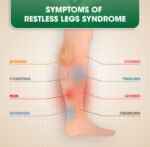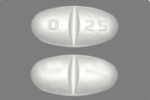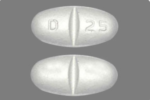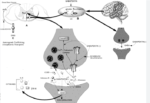Back pain ranks among the primary causes for medical consultations, prompting a substantial number of doctor visits. A significant portion of the American population is expected to encounter lower back discomfort at some stage in their lives. The origins of this pain are diverse, ranging from sudden strains sustained during sports activities to chronic conditions stemming from a multitude of contributing factors.
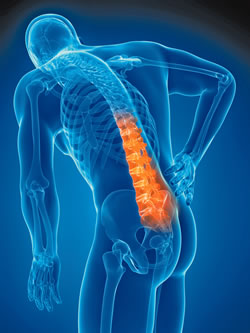
Back pain presents in various forms, and it can be categorized into different types based on its duration and characteristics. Back pain can be either acute, which is short-term, or chronic, which is long-term. It may manifest as a sudden, sharp pain or a persistent, dull ache.
- Acute Back Pain: Acute back pain typically has a duration of a few days to a few weeks. It is often triggered by incidents like accidents, falls, or lifting objects that exceed one’s capacity. Acute back pain frequently resolves on its own, without requiring medical intervention. However, there are situations where seeking medical attention becomes necessary.
- Chronic Back Pain: Chronic back pain persists for a duration of more than 3 months. Although less common than acute back pain, chronic back pain can significantly impact one’s quality of life. Most cases of chronic back pain can be managed and treated without the need for surgical intervention.
Who Gets Back Pain?
Most people have back pain at some point in their lives. It’s one of the most common medical problems. You’re more likely to experience back pain as you get older.
Many people hurt their backs when they lift, push, or pull something that’s too heavy.
You may also be at risk for back pain if you:
- Are pregnant
- Have poor posture (don’t stand and sit up straight)
- Aren’t physically active
- Are overweight
- Fall or have an accident
- Have a health problem that can cause back pain (like arthritis or cancer)
- Smoke
What Medications for Low Back Pain ?
Medications are often used to manage low back pain, and the choice of medication depends on the underlying cause of the pain and its severity. Here are some common medications used to treat low back pain:
- Over-the-Counter (OTC) Pain Relievers:
- Acetaminophen (Tylenol): Acetaminophen can help relieve mild to moderate back pain. It is generally considered safe when taken as directed, but excessive use can lead to liver damage.
- Nonsteroidal Anti-Inflammatory Drugs (NSAIDs): NSAIDs like ibuprofen (Advil, Motrin) and naproxen (Aleve) can reduce pain and inflammation associated with conditions like muscle strains or osteoarthritis.
- Prescription Medications:
- Muscle Relaxants: These medications, such as cyclobenzaprine (Flexeril) or methocarbamol (Robaxin), are prescribed to relieve muscle spasms and associated pain.
- Opioid Pain Medications: In severe cases of acute pain, opioids like oxycodone or hydrocodone may be prescribed for short-term use. However, the potential for addiction and side effects makes them a less desirable option.
- Nerve Pain Medications: Conditions like sciatica or nerve compression may be treated with medications like gabapentin (Neurontin) or pregabalin (Lyrica) to manage neuropathic pain.
- Steroids: In some cases, corticosteroids may be prescribed to reduce inflammation and pain, often in the form of oral steroids or epidural steroid injections.
- Antidepressants: Certain antidepressants like amitriptyline (Elavil) or duloxetine (Cymbalta) may be used to manage chronic back pain, particularly when there is a neuropathic component.
- Topical Pain Relievers:
- Topical Analgesics: These are creams, gels, or patches that can be applied directly to the skin over the painful area. They often contain ingredients like capsaicin, menthol, or lidocaine.
- Prescription Anti-Inflammatory Medications:
- Prescription-strength NSAIDs: In cases of severe inflammation, a healthcare provider may prescribe higher-dose NSAIDs.
- Biologics: In some cases of chronic low back pain related to inflammatory conditions like ankylosing spondylitis, biologic medications like tumor necrosis factor (TNF) inhibitors may be considered.
It’s essential to consult with a healthcare provider before starting any medication for low back pain, as they can evaluate your condition, consider potential side effects and interactions, and recommend the most appropriate treatment plan. Additionally, medication should be used in conjunction with other therapies, such as physical therapy, exercise, and lifestyle modifications, for the best outcomes in managing low back pain.
How to Treat Your Low Back Pain Naturally ?
20 Natural Remedies for low Back Pain ?
Is Gabapentin OK for Low Back Pain ?
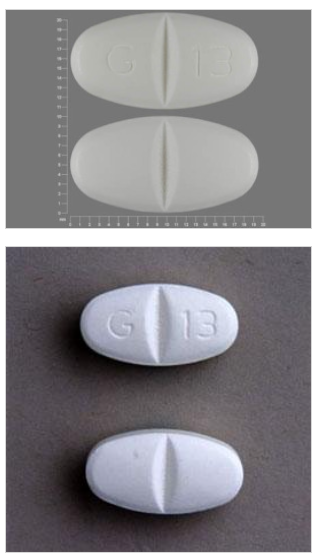
Gabapentin is sometimes prescribed off-label to manage low back pain, particularly when there is a neuropathic component to the pain. Neuropathic pain refers to pain that is caused by nerve damage or dysfunction, and it can be characterized by symptoms like burning, tingling, or shooting pain.
Gabapentin, and a related medication called pregabalin, are in a class of drugs known as gabapentinoids. These drugs are thought to work by reducing abnormal nerve signaling, which can help alleviate neuropathic pain.
However, it’s important to note that the use of gabapentin for low back pain is generally considered off-label. This means that while it may be prescribed for this purpose, it hasn’t received specific approval from regulatory agencies for the treatment of low back pain. Healthcare providers may consider gabapentin when other treatments have been ineffective or if neuropathic pain is a significant component of the low back pain.
The effectiveness of gabapentin can vary from person to person, and it may not provide relief for all individuals with low back pain. Additionally, gabapentin can have side effects, including dizziness, drowsiness, and changes in mood, which should be discussed with a healthcare provider.
Pain Medications, Pain Relief, and Pain Management
